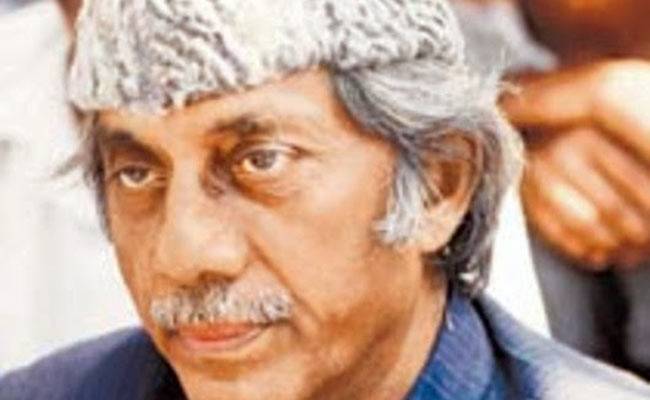In the annals of cricket history, few events have sent shockwaves through the sport like the 2013 Indian Premier League (IPL) Spot-Fixing Scandal. What began as whispers of corruption and malpractice soon erupted into a full-blown scandal, tarnishing the reputation of one of cricket’s most prestigious tournaments and shaking the foundations of the sport itself. In this comprehensive analysis, we delve into the intricate details of the scandal, examine its far-reaching consequences, and reflect on the lessons learned as cricket grappled with questions of integrity, transparency, and accountability.
Introduction to the IPL: The Indian Premier League, launched in 2008 by the Board of Control for Cricket in India (BCCI), revolutionized the landscape of cricket with its innovative format, star-studded lineups, and lucrative financial incentives. Combining the glitz and glamour of Bollywood with the thrill of competitive cricket, the IPL quickly became a global phenomenon, attracting millions of viewers and billions of dollars in revenue.
At the heart of the IPL’s success was its ability to blend sporting excellence with entertainment spectacle, offering fans a unique blend of cricketing prowess and celebrity allure. With franchise-based teams representing different cities and regions of India, the IPL transcended traditional boundaries of nationality and allegiance, creating a melting pot of talent and diversity on the cricketing stage.
The Emergence of the Spot-Fixing Scandal: Amidst the euphoria and excitement surrounding the IPL, whispers of corruption and match-fixing began to surface, casting a shadow over the tournament’s integrity. In May 2013, these suspicions were confirmed when the Delhi Police revealed that they had arrested three cricketers – Sreesanth, Ankeet Chavan, and Ajit Chandila – on charges of spot-fixing during the IPL.
Spot-fixing, a form of match-fixing where specific moments or incidents within a game are manipulated for illicit gain, struck at the very heart of cricket’s ethos of fair play and sportsmanship. The allegations sent shockwaves through the cricketing world, prompting widespread outrage and calls for swift and decisive action to root out corruption from the sport.
Investigations and Revelations: As the scandal unfolded, investigators delved deeper into the murky underworld of cricket betting and match-fixing, uncovering a web of deceit and corruption that implicated players, team owners, bookmakers, and even members of the cricketing establishment. The scale and sophistication of the operation were staggering, revealing the extent to which greed and dishonesty had infiltrated the highest levels of the sport.
Key figures implicated in the scandal included Gurunath Meiyappan, a team official of the Chennai Super Kings franchise, and Raj Kundra, co-owner of the Rajasthan Royals franchise. Both were accused of betting on IPL matches and passing on insider information to bookmakers, tarnishing the reputation of their respective teams and the tournament as a whole.
Repercussions and Fallout: The IPL Spot-Fixing Scandal sent shockwaves through the cricketing world, prompting soul-searching and introspection within the sport’s governing bodies and stakeholders. The BCCI, under pressure to restore public confidence and safeguard the integrity of the IPL, launched its own investigations and disciplinary proceedings, handing out bans and sanctions to those found guilty of wrongdoing.
The fallout from the scandal was far-reaching, with sponsors and advertisers expressing concern over the negative publicity surrounding the IPL and its impact on brand reputation. Television ratings and attendance figures also took a hit as fans grappled with disillusionment and mistrust in the wake of the revelations.
Lessons Learned and Reforms Implemented: In the aftermath of the IPL Spot-Fixing Scandal, cricket authorities moved swiftly to implement reforms aimed at strengthening the sport’s integrity and combating corruption. Measures such as the establishment of anti-corruption units, stricter regulations on player conduct, and enhanced surveillance of betting activities were introduced to safeguard the integrity of cricket matches and tournaments.
Moreover, greater transparency and accountability were prioritized in the governance structures of cricketing bodies, with efforts made to enhance oversight and accountability mechanisms to prevent future instances of malpractice and misconduct. The scandal served as a wake-up call for cricket, prompting a collective effort to uphold the values of fair play, honesty, and sportsmanship that lie at the heart of the game.
The Future of Cricket Integrity: As cricket continues to evolve in the digital age, the challenges of preserving its integrity and combating corruption remain ever-present. The IPL Spot-Fixing Scandal serves as a cautionary tale of the dangers of complacency and the need for constant vigilance in safeguarding the sport’s reputation and credibility.
Moving forward, cricket authorities must remain steadfast in their commitment to transparency, accountability, and ethical conduct, working collaboratively with players, officials, and stakeholders to uphold the highest standards of integrity and fair play. Only through a united and concerted effort can cricket ensure that the specter of corruption and match-fixing is banished from the sport once and for all.
Conclusion: The IPL Spot-Fixing Scandal of 2013 was a watershed moment in the history of cricket, shaking the foundations of the sport and forcing a reckoning with questions of integrity, transparency, and accountability. Yet, amidst the turmoil and controversy, there emerged a renewed determination to confront corruption head-on and uphold the values of fair play and sportsmanship that define cricket at its best.
As cricket moves forward into a new era, the lessons learned from the IPL Spot-Fixing Scandal serve as a sobering reminder of the importance of vigilance, integrity, and ethical conduct in preserving the spirit of the game. By embracing these principles and working together to combat corruption, cricket can ensure that its future remains bright and untarnished by the shadows of the past.






